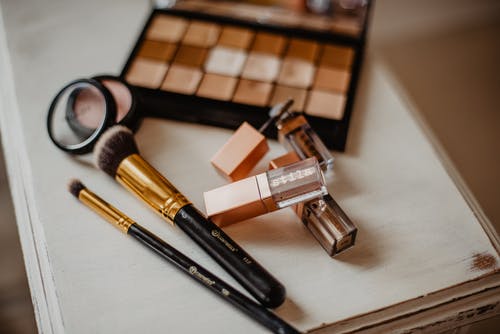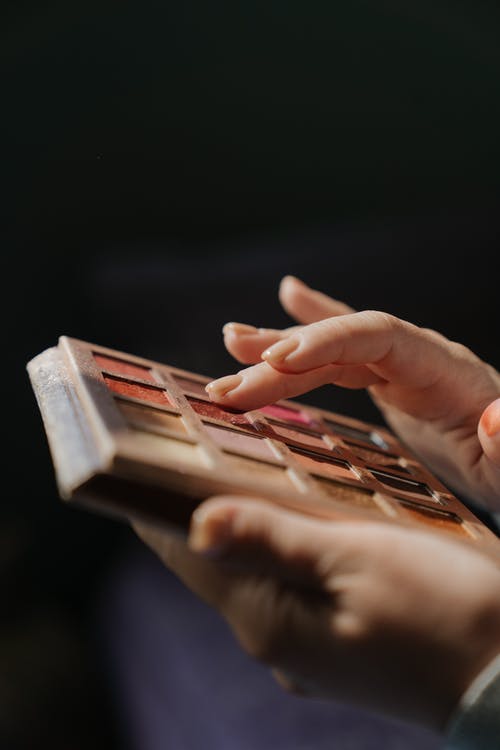Testing reveals many makeup products contain PFAS, even if its not identified on the label.
Cosmetics distributed in the United States and Canada are full of chemicals associated the development of a number of diseases, including cancer, and frequently aren’t labeled accurately, according to a new study published in the journal Environmental Science and Technology Letters. Researchers “tested 231 cosmetics products in North America for fluorine, an indicator of per- and polyfluoroalkyl substances (PFAS)” and found the chemical in “56 percent of foundations and eye products, 48 percent of lip products and 47 percent of mascaras.”
According to the Environmental Protection Agency (EPA), PFAS are manmade chemicals that are common in food packaging, nonstick cookware, stain-resistant furniture, and, as research has now shown, cosmetics. The EPA explains, “Certain PFAS chemicals are no longer manufactured in the United States as a result of phase outs including the PFOA Stewardship Program in which eight major chemical manufacturers agreed to eliminate the use of PFOA and PFOA-related chemicals in their products. Although not made in the U.S., they are still produced internationally and can be imported.”

“We were shocked to see how much is in some of these products,” said Graham Peaslee, a professor of physics at the University of Notre Dame and the study’s principal investigator.
The researchers ran a more thorough PFAS test on 29 products and found the toxins in all of them. The products with the highest levels included “mascaras, lipsticks, and foundations.” At the same time, they noted that of the 29 products, only one listed a PFAS product on its label.
“There’s no way for an average consumer to read a label and understand what’s in the product they just purchased,” Peaslee said. “They can’t trust the label, and that can be fixed.”
Long-term exposure to PFAS has been linked not only to certain cancers, but to infertility risks, thyroid disease and weakened immunity. A recent study in the journal PLOS One found PFAS exposure worsen Covid-19 outcomes.
This month, Sens. Susan Collins (R-Maine) and Richard Blumenthal (D-Conn.) introduced the No PFAS in Cosmetics Act. “Our bill would require the FDA to ban the addition of PFAS to cosmetics products,” Collins said. “Americans should be able to trust that the products they are applying to their hair or skin are safe.”
Scientists are uncertain about how much PFAS found in cosmetics is ingested or absorbed into a person’s body. “That,” Peaslee said, “would require more research. But direct exposure is only part of the problem. Makeup also gets washed down drains or thrown into landfills, where it can then leach into soil and waterways.”
Alexandra Kowcz, the chief scientist for the Personal Care Products Council, called the number of PFAS found “small,” adding that “since trace amounts are not intentionally added to products, they are not required to be listed on the label.” But, Peaslee said, “While some PFAS levels they measured were low enough to potentially to be a result of accidental contamination, others were so high that it appears unlikely. Someone had to add it intentionally. We’re making people sicker than they need to be potentially.”
Sources:
Senate bill would ban toxic ‘forever chemicals’ in makeup, which new study found are often unlabeled
EPA: Basic Information on PFAS


Join the conversation!